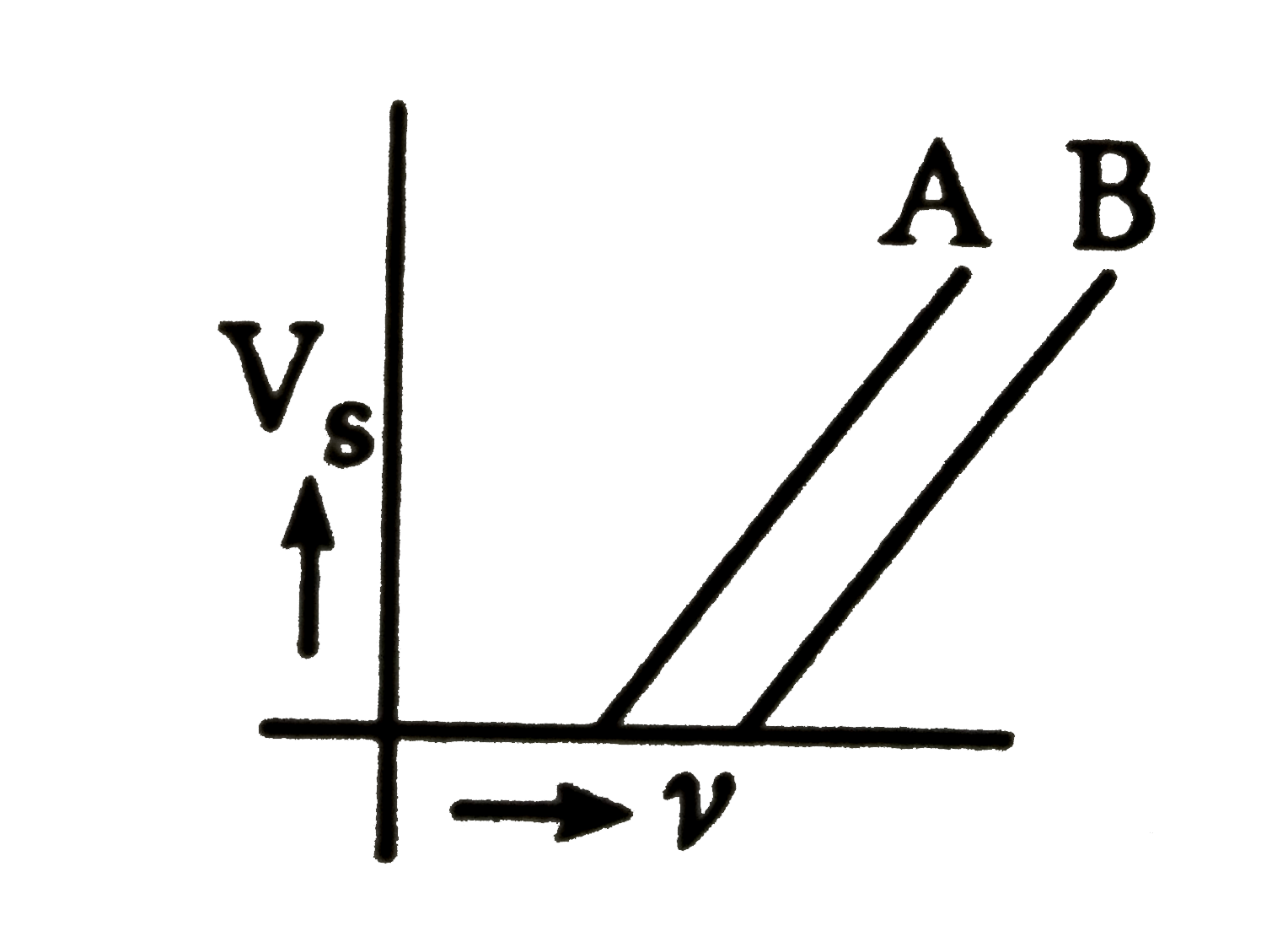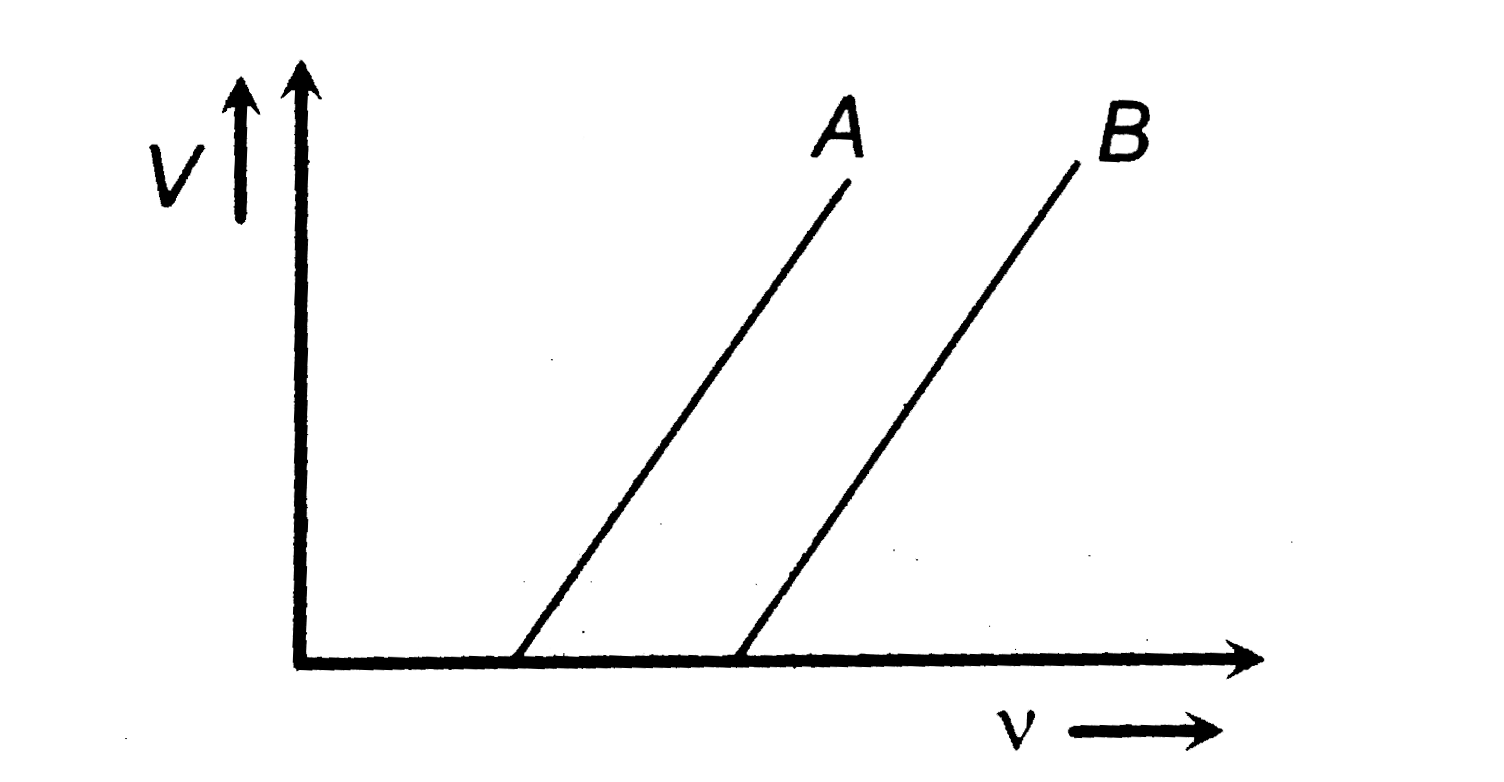Stopping Potential||Saturation Current Graphs
Step by step video solution for Stopping Potential||Saturation Current Graphs by Physics experts to help you in doubts & scoring excellent marks in Class 12 exams.
Updated on:21/07/2023Similar Questions
What is the work function of metal (in eV) if stopping potential and saturation current for a light of wavelenth 6000Åare1.37Vand0.40μA respectively?
( Take h=4.14×10−15eVs)
View SolutionIntensity and frequency of incident light both are doubled.
Then, what is the effect on stopping potential and saturation current.
View Solution
Knowledge Check
At the stopping potential
AThe electrons are not at all emitted by the plateBThe electrons are emitted by the plate but reverse their direction of motion just before reaching the collector plateCThe most energetic electrons emitted reverse their direction of motion just before reaching the other plateDThe collector plate is negatively charged with respect to the emitterStopping potential for photo electrons
ADoes not depend on the frequency of the incident lightBDoes not depend upon the nature of the cathode materialCDepends on both the frequency of the incident light and nature of the cathode materialDDepends upon the intensity of the incident lightThe stopping potential necessary to reduce the phtoelectric current of zero-
Ais directly proprotional to wavelength of incident light.Buniformly increases with the wavelength of incident light.Cdirectly proportional to frequency of incident light.Duniformly increases with the frequnecy of incident light.
Photoelectric Effect||Photoelectric Equation||Stopping Potential||Variation OF Potential with Frequency and Intensity
View SolutionPhoto Electric Effect Experiment||Saturation Current||Stoping Potential
View SolutionThe stopping potential as a function of frequency of incident radiation is plotted for two different photoelectric surfaces A and B . The graphs as shown in figure shows that , the work function of A is

View SolutionThe stopping potential as a function of the frequency of the incident radiation is plotted for two different photoelectric surfaces A and B . The graphs show that work function of A is

View SolutionStopping potential for photoelectrons
View Solution
